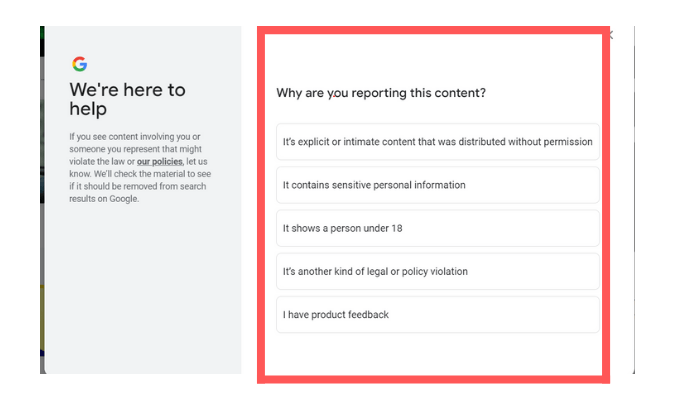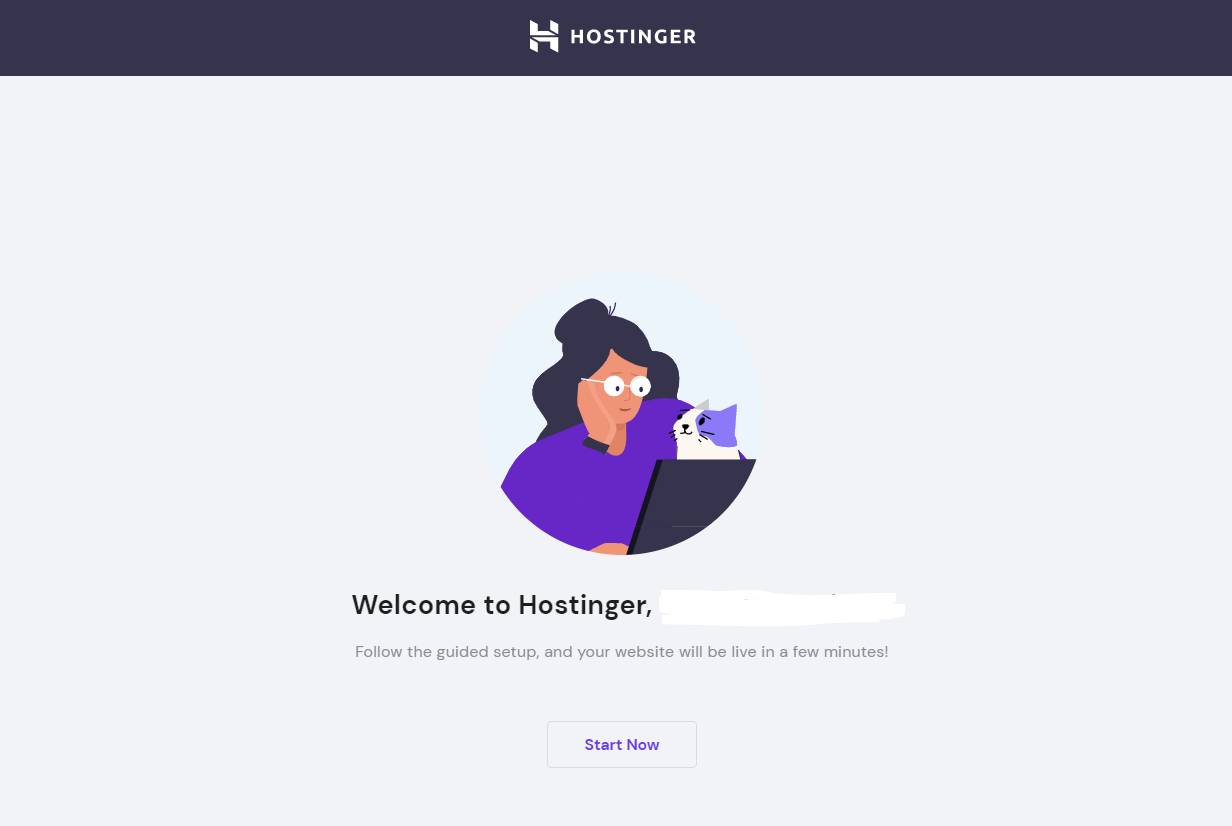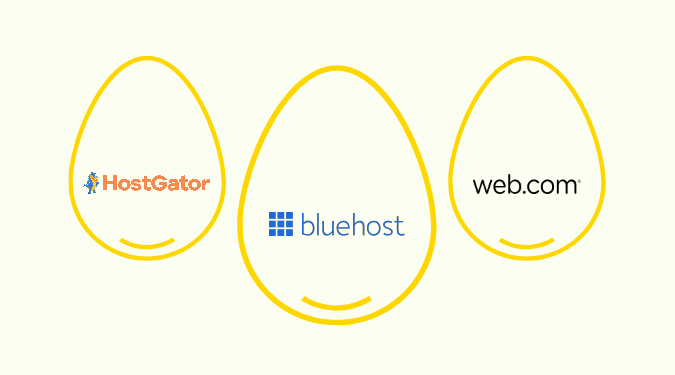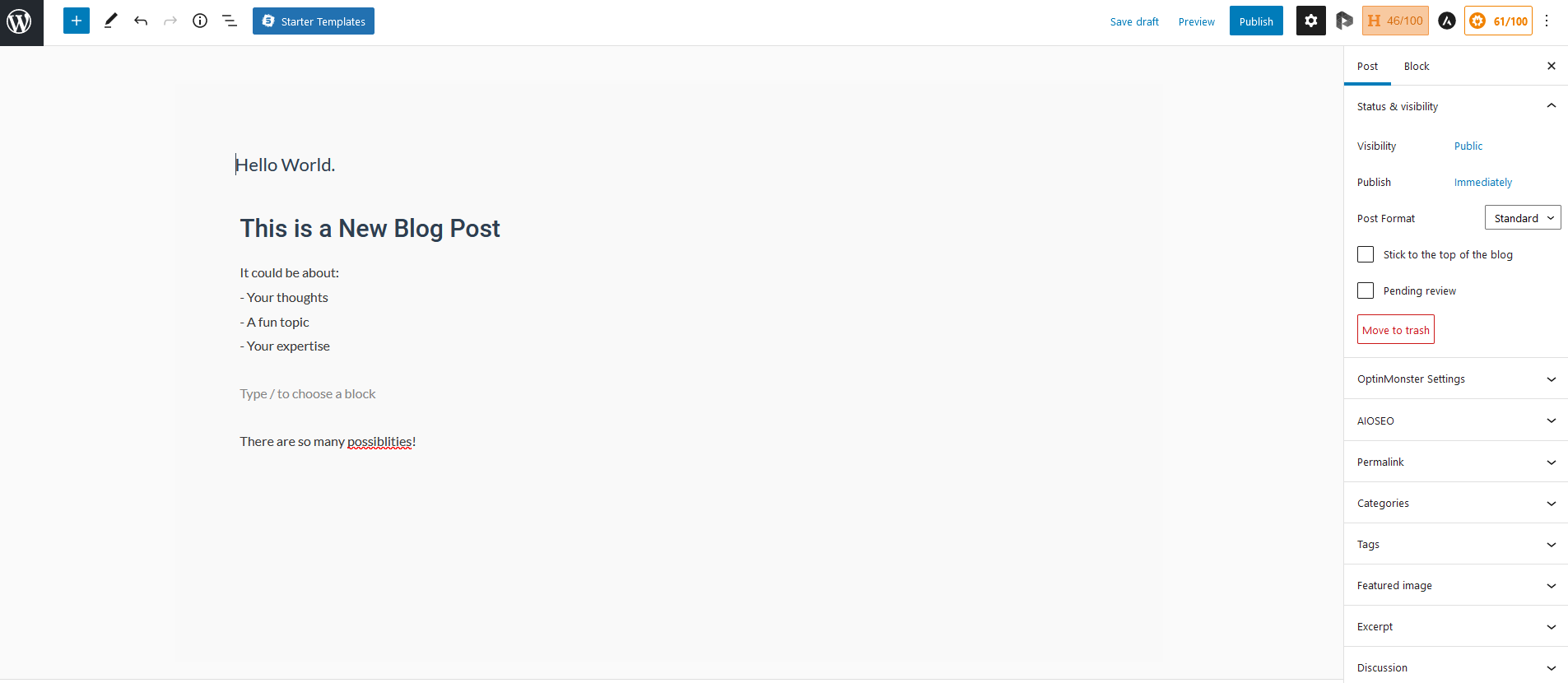Asking Google to remove unwanted search results is fast and easy if the content in question violates Google’s terms of service. You can also clean up content you own in a few hours.
Beyond that is where things get tricky. The fastest way to see results is hiring a reputation management expert–Reputation Defense Network guarantees their work, charges nothing up front, and gets most jobs done in as little as 2-14 days. They’ll take care of everything we’re about to go over on your behalf so you don’t waste time or money.
Prefer to DIY? We’ve got you covered, too.
5 Ways to Remove Unwanted Search Results from Google
There are multiple ways to get rid of undesirable content in search results. We recommend starting at the top and working your way down.
1. Use One of Google’s Online Forms
Google usually has no problem removing content that violates one of its personal content policies, including:
- Explicit or intimate personal images
- Involuntary fake pornography
- Pornography irrelevantly connected to you/your name
- Personally identifiable information (PII) or doxxing content
- Content about you on sites with exploitative removal practices
- Non-explicit images of minors
Clicking on the links above will take you to additional details about removal requirements for each type of violation. If your result meets one of Google’s removal requirements, you can move forward with a removal request using their online form.

If your request to remove content is based on a specific legal reason, like a court order, copyright or trademark infringement, or a law violation, you should use this form instead.

Once you submit your request, you’ll get an automated email confirmation. Google will then review your request based on the appropriate criteria, public interest, and other critical case factors. They may also ask for more information if they need it.
When they’re done, they’ll let you know one of the following:
- Content meets their removal policies and they’re removing the URLs that contain it
- It doesn’t meet their removal requirements with a brief explanation of why
If your request is denied, you can resubmit it when you have more materials to support your case.
2. Submit a Removal Request for Individual Search Results
You can submit a removal request for individual results directly from your search.
Start with a search of your name. When you see a result you want to remove, click on the three dots above and to the right of the title.

Next, click on “Remove Result.”

Then, choose why you want to remove it. After that, follow the prompts to submit your removal request.

If you want to remove an image, click on the Images tab.

When you find the image you want removed, click on it to preview it. When the preview populates, click on the three dots in the upper right-hand corner.

Next, select “Report this result.”

Then, choose why you’re reporting the image and follow the prompts to complete the removal request.

Like the first process, you’ll receive an email confirmation once you submit your removal request. Google will review your case and ask for more information if needed. At the end, they’ll notify you of their decision.
If your request is denied, you can resubmit it when you have more materials.
You can also monitor the status of your request on your Results About You Page. Scroll down to “Removal Requests” and you’ll see everything you’ve submitted. You can filter them by in progress, approved, denied, or undone.

It can take as little as 24 hours to get a decision from Google or as long as a few weeks.
Note that there may be a slight delay in when the result is removed from Google if your request is approved. However, it should be removed within a few hours of the approval.
3. Get Rid of Unwanted Content You Control
You have a bit more control over what pops up in Google search results than you may realize.
Deleting old posts on social media, your own blog posts, unnecessary web pages, and any other accounts you don’t want showing up is a great way to maintain control of the narrative. Depending on what platform you’re using, there are different ways to do it.
But it’s usually as easy as selecting the post or account and deleting it.
This won’t remove search results immediately. However, they will eventually stop showing up in search results when Google realizes they no longer exist.
You can also check the privacy settings on all of your accounts to limit the personal information shared with search engines.
To do so, go to the privacy settings on every online account you can think of, including your Google account, social media profiles, the sites you shop with, and any subscriptions you have. From there, you’ll be able to see (and disable) all the sites sharing unwanted information with Google.
4. Contact the Site Owner Directly
When you reach out to a website owner, the most common outcome is them ignoring you. However, it’s still worth a shot.
You can do so by filling out their contact form or reaching out to them via the email address or phone number listed. If you can’t find contact information, Hunter.io or a premium LinkedIn subscription may help you get in touch with the right person.
If the site owner ignores you, you could work with a content removal lawyer (or reputation management company).
5. Create a Positive Content Campaign to Bury Negative Search Results
If you’ve tried all the above and haven’t had any luck, there’s still hope.
According to a Backlinko study, only .63% of people go to page two of Google’s search results and click a link. So, the next best thing is burying unwanted search results on page two or beyond.
Although this won’t permanently remove anything, most people will never see it.
If you run you’re own website, you can use it (or other sites you own) to rank for the same keywords or phrases. The more pages that rank, the further down the unwanted results will go.
You will need to know how to create content that ranks and understand search engine optimization (SEO) for this work.
You’ll also need to be patient. It takes a lot of strategy, effort, and consistency to see results.
If you don’t have time to do it yourself or are on a tight time crunch, partnering with an online reputation management service, like Reputation Defense Network or Rhino Reviews, is the way to go. They’ll put together strategic campaigns that encompass all the methods we covered here (and then some).














